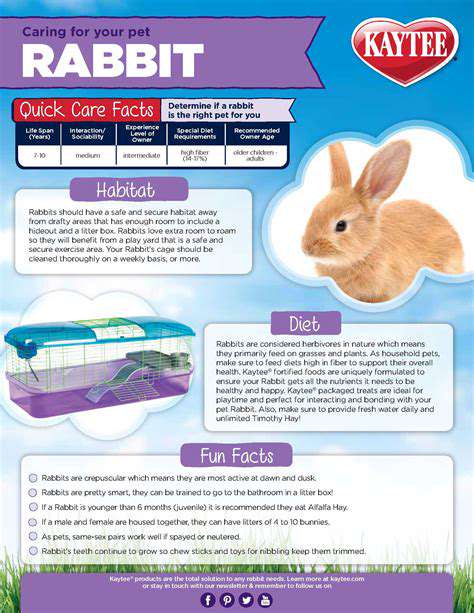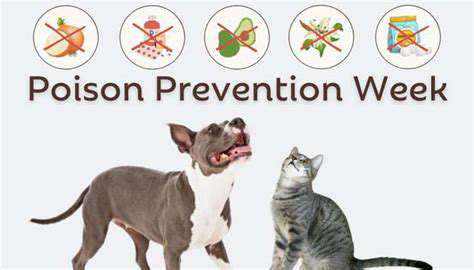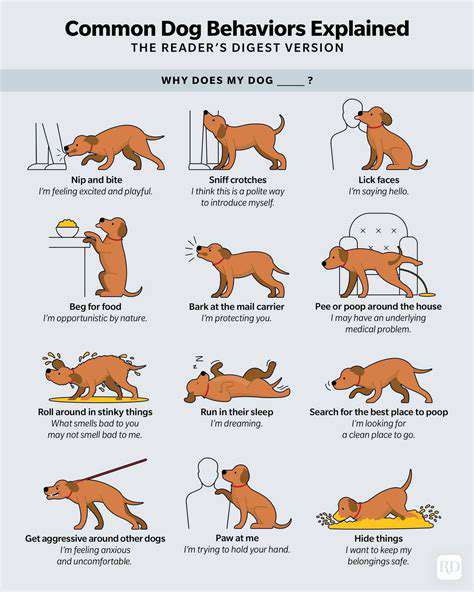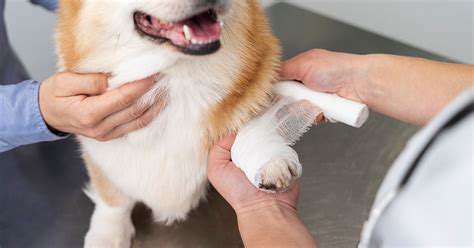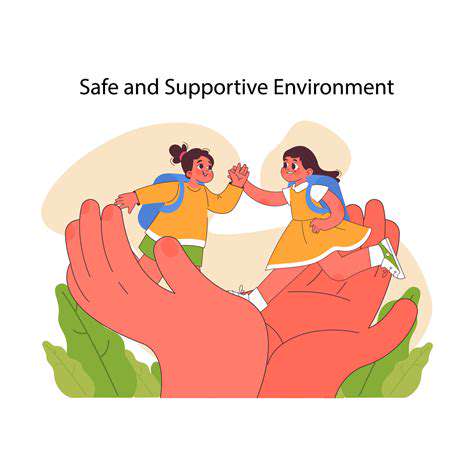How to Prepare for Pet Emergencies
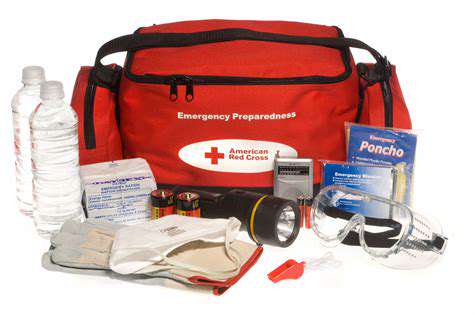
Emergency Contact Information
Having emergency contact details at your fingertips could save your pet's life. Compile phone numbers for your regular vet, nearby 24-hour animal hospitals, and reliable neighbors who can help in a pinch. Laminate this list or store it in multiple visible locations throughout your home. When seconds count, this simple preparation might prevent tragic delays in treatment.
For added security, save these contacts digitally in your phone and cloud storage. This ensures access even if physical copies get damaged or lost during an emergency.
First-Aid Kit Essentials
Every pet owner should maintain a customized medical kit. Stock it with vet-approved supplies like sterile gauze, self-adhesive bandages, antiseptic solution, and pet-safe pain relief. Consult your veterinarian about species-specific items and proper dosages before including any medications. What works for dogs might harm cats, so professional guidance is essential.
Add a digital thermometer and note your pet's normal temperature range. Include at least two weeks' worth of any maintenance medications, stored in waterproof containers. Rotate these supplies quarterly to prevent expiration.
Evacuation Supplies
When disaster strikes, you'll need portable survival gear. Pack a sturdy carrier, collapsible bowls, and enough sealed food/water for three days minimum. Medications should travel in clearly labeled, waterproof containers with dosage instructions. Include recent photos of your pet in case you become separated.
Research shows only 40% of pet owners have evacuation plans. Identify multiple pet-friendly shelters along potential evacuation routes before emergencies occur. Practice loading your pet into carriers to reduce stress during actual crises.
Transportation and Identification
Secure transport methods prevent injuries during chaotic situations. Use crash-tested carriers for vehicles and reflective harnesses for walking. Microchip registration should always show current contact details - update them immediately after any address or phone number changes. Many lost pets never reunite with owners due to outdated information.
Prepare a waterproof document pouch containing vaccination records, medical history, and recent photos. Include written permission for emergency treatment if you might be unavailable during a crisis.
Food and Water Resources
Nutrition needs don't pause for emergencies. Store one month's supply of your pet's regular food in airtight containers, rotating stock to maintain freshness. Mark expiration dates clearly and replace items three months before they expire. Sudden diet changes can cause digestive issues when pets are already stressed.
For water, keep bottled gallons specifically for pet use. Learn alternative water sources in your area and purification methods in case supplies run low. Dehydration progresses rapidly in animals, making clean water access critical.
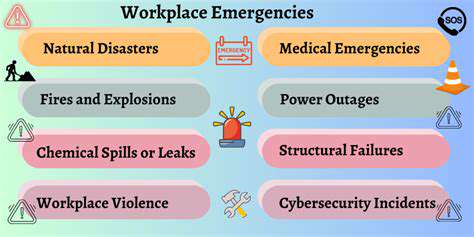
Developing a Pet Emergency Plan: A Step-by-Step Approach
Assessing Your Pet's Needs
Customizing plans for each pet's unique requirements dramatically improves emergency outcomes. Document health conditions, medication schedules, and behavioral tendencies. For arthritic pets, include joint supplements and mobility aids in kits. Anxious animals may need calming pheromones or prescribed sedatives. Store this information digitally and in printed formats.
Observe how your pet reacts to stressors like loud noises or unfamiliar people. These reactions predict emergency behavior, helping you prepare appropriate containment and comfort measures. Nervous pets might require escape-proof harnesses or identification beyond standard tags.
Creating a Pet Emergency Kit
Effective kits balance necessities with creature comforts. Beyond food and meds, include favorite toys, blankets with familiar scents, and treats for positive reinforcement. Rotate perishable items seasonally - summer kits might need cooling mats, while winter requires insulating materials. Store the kit near exits for quick access, ensuring all family members know its location.
For multi-pet households, color-code supplies by animal. Include recent veterinary records and clear photos showing identifying marks. These help prove ownership if separated and assist emergency vets with treatment decisions.
Identifying Emergency Contacts and Locations
Build a support network before crises occur. Establish relationships with nearby pet-friendly hotels, boarding facilities, and veterinary clinics outside your immediate area. Exchange emergency keys with trusted neighbors who can access your pets if you're unavailable. Program important numbers into all family phones under ICE (In Case of Emergency) listings.
Create maps highlighting multiple routes to emergency vets, accounting for potential road closures. Note which facilities have 24-hour staffing and specialized equipment like oxygen tanks or ultrasound machines.
Developing an Evacuation Plan
Effective evacuation strategies address various disaster types. For fires, practice carrier loading and designate outdoor meeting points. Flood plans should include upper-level safe rooms and flotation devices for pets. Identify which household member retrieves which pet during sudden emergencies to prevent confusion.
Prepare shelter in place kits with air purifiers, blackout curtains, and sound-dampening materials for weather emergencies. These help pets remain calm during prolonged indoor confinement with limited outside access.
Primary headaches develop independently rather than stemming from other medical issues, with tension-type, migraine, and cluster headaches being most prevalent.
Practicing Your Pet Emergency Plan: Drills and Training
Understanding the Importance of Pet Emergency Preparedness
Proactive planning transforms chaotic emergencies into manageable situations. Comprehensive plans address hazard identification, supply management, and communication protocols. Regular reviews ensure strategies remain effective as pets age or family circumstances change. Documented procedures prevent panic-driven decisions that could endanger pets.
Statistics reveal households with practiced emergency plans experience 60% fewer pet injuries during disasters. This preparation provides psychological comfort, allowing calmer responses when pets need steady leadership most.
Creating a Pet Emergency Kit
Tailor kits to your pet's evolving needs. Growing puppies require frequent food quantity adjustments, while senior pets may develop new medication requirements. Include recent medical records and behavioral notes to assist temporary caregivers. Photograph all kit contents annually for insurance documentation and quick inventory checks.
For hot climates, add cooling vests and paw protectors. Cold regions necessitate thermal blankets and paw wax. Always pack duplicate leashes and collars - these frequently break or get lost during emergencies.
Developing an Evacuation Plan
Map primary and alternate exit routes from each room, accounting for different disaster types. Designate specific human-pet pairings to prevent confusion during chaotic exits. Identify multiple pet-friendly destinations at varying distances - sometimes local shelters fill quickly during widespread emergencies.
Practice loading pets into vehicles using different access points. Many animals resist unfamiliar entry methods during actual emergencies. Train pets to respond to emergency-specific commands like kennel up or emergency come.
Practicing Emergency Drills
Conduct surprise drills quarterly using varied scenarios. Time how quickly you can gather pets and supplies, aiming to beat previous records. Introduce stressful elements like loud noises or limited visibility to simulate real conditions. Reward calm behavior with high-value treats to build positive associations.
Veterinary behaviorists recommend desensitizing pets to handling by unfamiliar people. This prevents bites or escapes if strangers must assist during crises. Practice mock vet exams using treats to reduce medical handling stress.
Communicating Your Plan
Distribute plan copies to pet sitters, neighbors, and building managers. Use visual aids like floor plans with evacuation routes for clearer understanding. Establish group chats or phone trees for rapid information sharing during developing situations.
Provide caretakers with signed veterinary treatment authorization forms. These allow immediate care if you're unreachable, potentially saving lives during time-sensitive emergencies.
Keeping Your Plan Updated
Review plans seasonally and after any major life changes. New medications, moved furniture, or altered work schedules may require adjustments. Subscribe to local emergency alerts and pet-specific warning systems for timely hazard notifications.
After each drill or real incident, debrief with household members. Identify successful elements and areas needing improvement, then revise plans accordingly. This continuous refinement creates increasingly effective responses over time.
Read more about How to Prepare for Pet Emergencies
Hot Recommendations
- Review: [Specific Brand] Small Animal Cage
- Why Rescuing Pets Saves Lives
- Best Pet First Aid Kits [What to Include]
- How to Help Stray Animals in Your Community
- Guide to Adopting a Pet When You Have Kids
- Top Reptile Heat Lamps
- Heartwarming Rescue Stories That Will Inspire You
- Review: [Specific Brand] Bird Cage
- Best Aquarium Filters [2025 Review]
- Review: [Specific Brand] Smart Litter Box

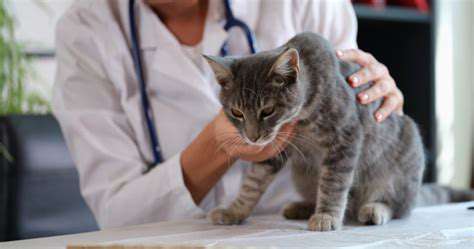
![Review: [Specific Brand] Smart Pet Door](/static/images/33/2025-05/EaseofInstallationandSetup.jpg)

